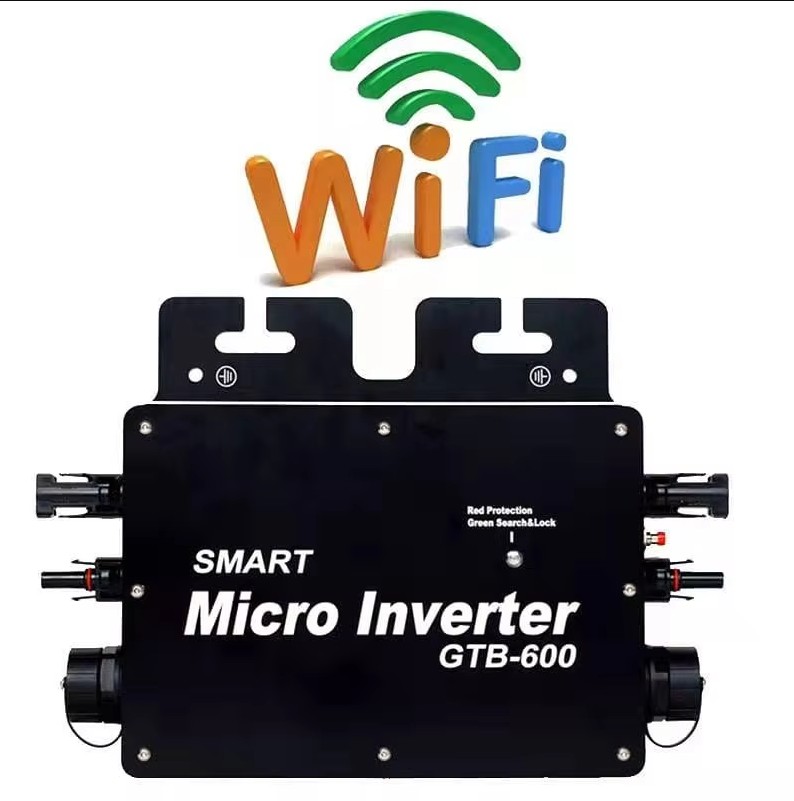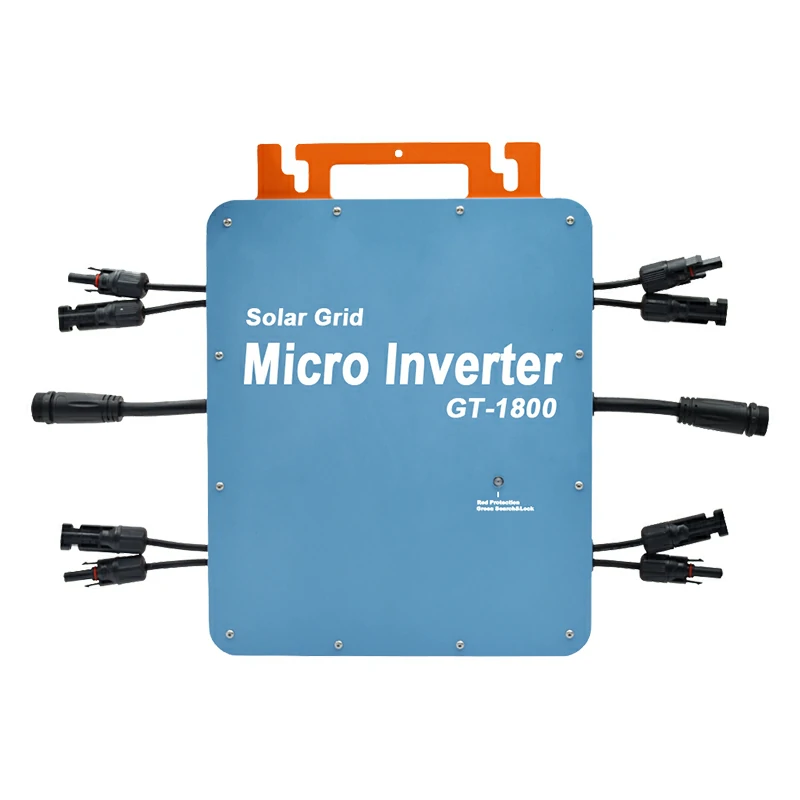Introduction
As the adoption of solar photovoltaic (PV) systems continues to grow, it is crucial to ensure that these systems are protected from potential hazards, such as lightning strikes. Solar PV systems, including balcony photovoltaic inverters and grid-connected inverters, are vulnerable to the damaging effects of lightning, which can lead to costly repairs and system downtime. In this article, we will explore how you can protect your solar PV system, with a focus on the role of microinverters in enhancing system safety.

Understanding Lightning Strikes and Their Impact on Solar PV Systems
Lightning strikes occur when there is a sudden discharge of electricity between the clouds and the ground. These powerful electrical surges can easily penetrate solar PV systems, causing damage to various components, including panels, wiring, and inverters. According to recent studies, lightning-related damages account for a significant portion of the total costs associated with solar PV system maintenance and repairs.
The Role of Microinverters in Enhancing System Safety
Microinverters, such as the Solar Micro Inverter, play a crucial role in enhancing the safety of solar PV systems. Unlike traditional string inverters, which convert the DC power generated by multiple solar panels into AC power, microinverters are installed individually for each solar panel. This design feature offers several advantages when it comes to lightning protection.
Firstly, microinverters limit the impact of a lightning strike to a single panel, preventing the entire system from being affected. If a lightning strike hits a panel connected to a microinverter, the damage is isolated, and the rest of the system can continue to operate without interruption.
Secondly, microinverters are typically installed closer to the solar panels, reducing the length of exposed wiring. Shorter wiring runs mean less surface area for lightning to strike and travel through, minimizing the risk of electrical surges reaching sensitive components.
Protective Measures for Solar PV Systems Against Lightning
To further enhance the protection of solar PV systems against lightning, it is essential to implement a comprehensive strategy that includes grounding systems, surge protection devices (SPDs), and physical barriers.
- Grounding Systems: A well-designed grounding system is crucial for dissipating electrical surges and preventing damage to the system. It is recommended to use copper grounding rods driven deep into the soil to create a low-resistance path for lightning strikes to travel safely into the ground.
- Surge Protection Devices (SPDs): SPDs are designed to divert excess electrical current caused by lightning strikes or other voltage spikes away from sensitive components. It is essential to install SPDs at various points in the solar PV system, including the AC and DC sides of the microinverters, to provide comprehensive protection.
- Physical Barriers: Lightning rods and other physical barriers can be used to divert lightning strikes away from the solar PV system. These devices are typically installed at the highest point of the structure, creating a preferred path for lightning to travel to the ground, bypassing the solar PV system.
Regular Maintenance and Monitoring
Regular maintenance and monitoring are crucial for ensuring the long-term safety and performance of solar PV systems. It is recommended to conduct periodic inspections of the system, checking for any signs of damage, loose connections, or deterioration of components. Additionally, investing in monitoring systems can help detect issues early, allowing for prompt corrective action.
Choosing the Right Microinverter
When selecting a microinverter for your solar PV system, it is essential to consider factors such as efficiency ratings, performance under various conditions, warranty and support options from manufacturers, and compatibility with existing solar panel systems. Choosing a high-quality microinverter, such as the Solar Micro Inverter, can provide added protection against lightning strikes and ensure the long-term reliability of your solar PV system.
Conclusion
Protecting solar PV systems from lightning strikes is crucial for ensuring the safety and reliability of these systems. By implementing a comprehensive strategy that includes the use of microinverters, grounding systems, surge protection devices, and regular maintenance, you can minimize the risks associated with lightning strikes and enjoy the benefits of clean, renewable energy for years to come.




